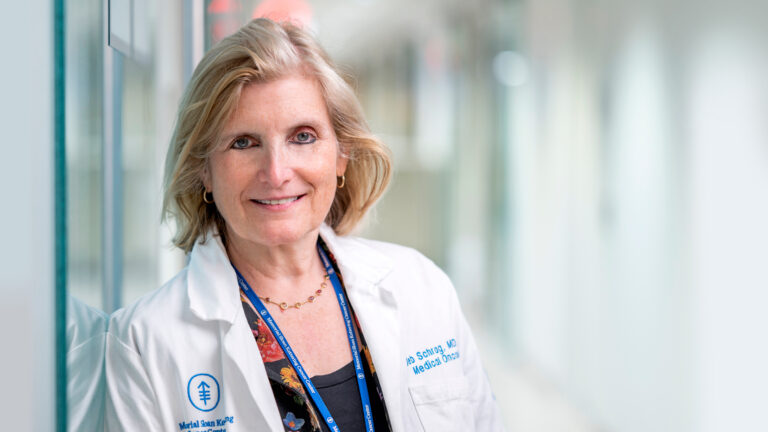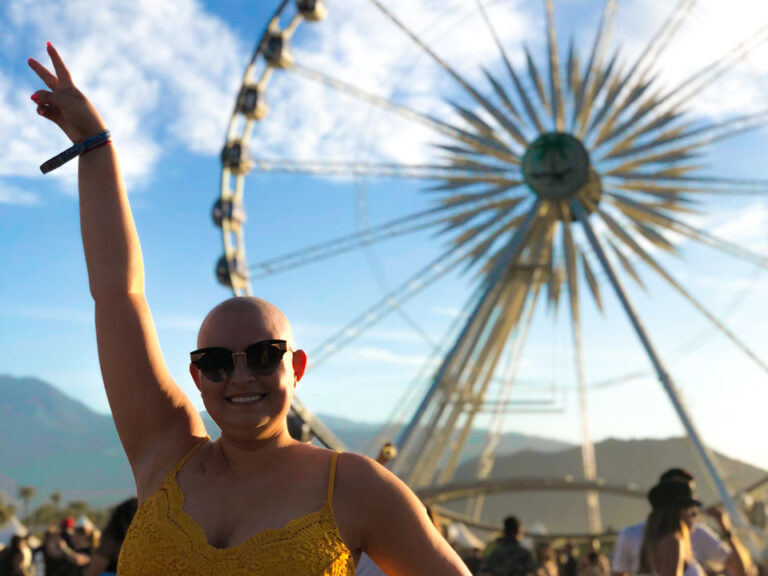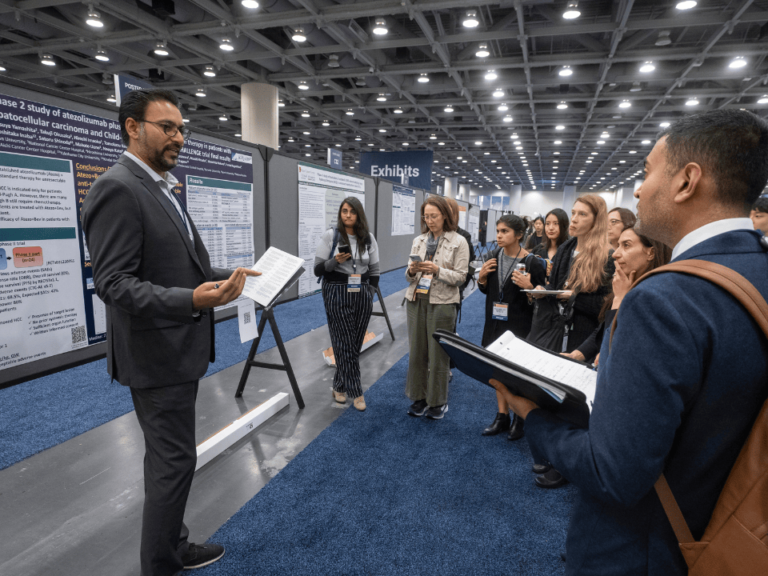As over 40,000 oncology professionals descend on Chicago’s McCormick Place yet again for the 60th American Society of Clinical Oncology annual meeting, we invite you to look back at The Cancer Letter and the Cancer History Project’s past coverage of the event.


#MyFirstASCO: Memories from 57 years of annual meetings
June 3, 2022
The ASCO annual meeting began in 1964 as a group of 51 physicians finalizing the bylaws of the organization—and has since turned into a much-anticipated global event that brings together 35,000 to 40,000 people across all areas of oncology.
“Big trees begin as tiny acorns,” said John Laszlo, an early childhood leukemia researcher, professor emeritus at Duke University Medical Center, and a retired national vice president for research at the American Cancer Society.
Laszlo attended one of the first ASCO annual meetings in the 1960s. The first scientific meeting was in 1965, and according to ASCO Connection, that gathering included a 1.5 hour-long program with three presentations on leukemia and multiple myeloma.
“No one predicted that a small group of oncologists could spark a movement the size of the current membership of ASCO,” Laszlo said.
The Cancer History Project asked people who have played a role in oncology—fellows, cancer center directors, lawyers, pharmaceutical executives, CEOs, past ASCO presidents, and one journalist—to share their memories from their first ever annual meeting experience.
My first ASCO was in 1987, when I was a second year medical oncology fellow at the NCI. I remember feeling awed seeing so many luminaries in person for the very first time.
Mace Rothenberg


ASCO annual meetings through the years: A timeline of The Cancer Letter’s coverage
June 3, 2022
Since its first annual meeting in 1964, the American Society of Clinical Oncology has outgrown most U.S. convention centers—and has fostered the growth and development of generations of oncologists.
As an estimated 35,000-50,000 members of the oncology community descend on Chicago to again take part in this ephemeral cultural event, the Cancer History Project has created a glimpse into the meeting’s evolution.
The Cancer Letter, established in 1973, has been dispatching a reporter to cover the meeting since at least 1975. These meetings, where giants in the field brush shoulders and debate protocols across crowded rooms, lead to scientific collaboration, policy recommendations, and sometimes cures.


AACR, ASCO Members Concerned Over Ethics, Social Issues, And What To Do About Them
May 16, 1975
Read The Cancer Letter’s first coverage of what was then a joint meeting of AACR and ASCO, in 1975:
Ethics and social issues involved in cancer research and in the care of cancer patients turned out to be the dominant theme of the joint annual meeting of the American Assn. for Cancer Research and the American Society of Clinical Oncology last week in San Diego.
Members overflowed the meeting room for a seminar on “Social and Ethical Issues in Cancer Prevention and Therapy,” chaired by Michael Brennan, Michael Shimkin and Gordon Zubrod. The spirited exchange between panelists and the audience left little doubt that oncologists and scientists are keenly aware of ethical and social problems they are facing and are greatly concerned about how to resolve them. Van Rensselaer Potter, retiring AACR president, expounded on the subject in his address, “Humility with Responsibility: A Bioethic for Oncologists.”
“What actions should be taken by the membership of the American Assn. for Cancer Research to influence national policy in matters involving cancer prevention?” Potter asked. “The answers involve bioethics. That is, they require the possession of biological knowledge plus value judgments as to the priority of the various competing policy decisions.”
No one predicted that a small group of oncologists could spark a movement the size of the current membership of ASCO.
John Laszlo


ASCO 2019 through art
By Paul Goldberg, June 7, 2019
This year, we decided to approach the annual meeting of the American Society of Clinical Oncology in a completely new way: through illustrations.
Our illustrator Katie Goldberg offered to go out into the crowded hallways and capture the images of ASCO 2019.
I have never thought of ASCO as fodder for art. When 40,000 people who share interests convene in one spot, they create a culture. When they meet for just a few days, they create an ephemeral culture.
Abstracts, photos, and videos capture that culture, but an artist can see something else: the energy of interactions, scenes you might simply rush past.
This column features the latest posts to the Cancer History Project by our growing list of contributors.
The Cancer History Project is a free, web-based, collaborative resource intended to mark the 50th anniversary of the National Cancer Act and designed to continue in perpetuity. The objective is to assemble a robust collection of historical documents and make them freely available.
Access to the Cancer History Project is open to the public at CancerHistoryProject.com. You can also follow us on Twitter at @CancerHistProj, or follow our podcast.
Is your institution a contributor to the Cancer History Project? Eligible institutions include cancer centers, advocacy groups, professional societies, pharmaceutical companies, and key organizations in oncology.
To apply to become a contributor, please contact admin@cancerhistoryproject.com.










